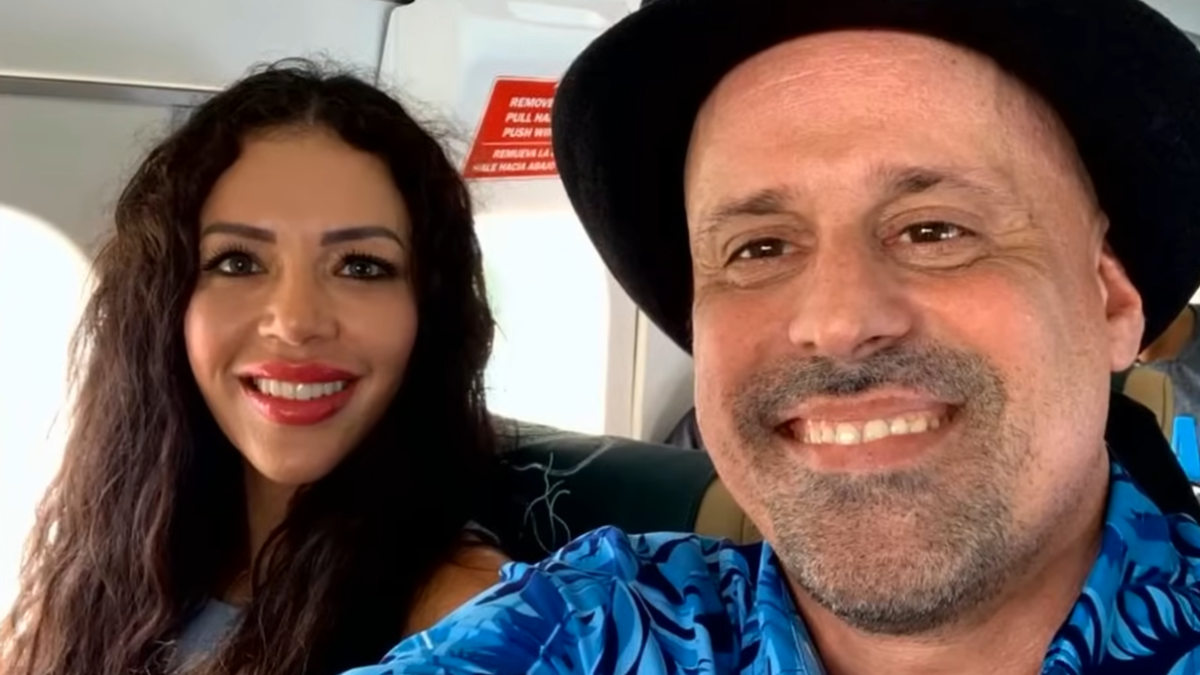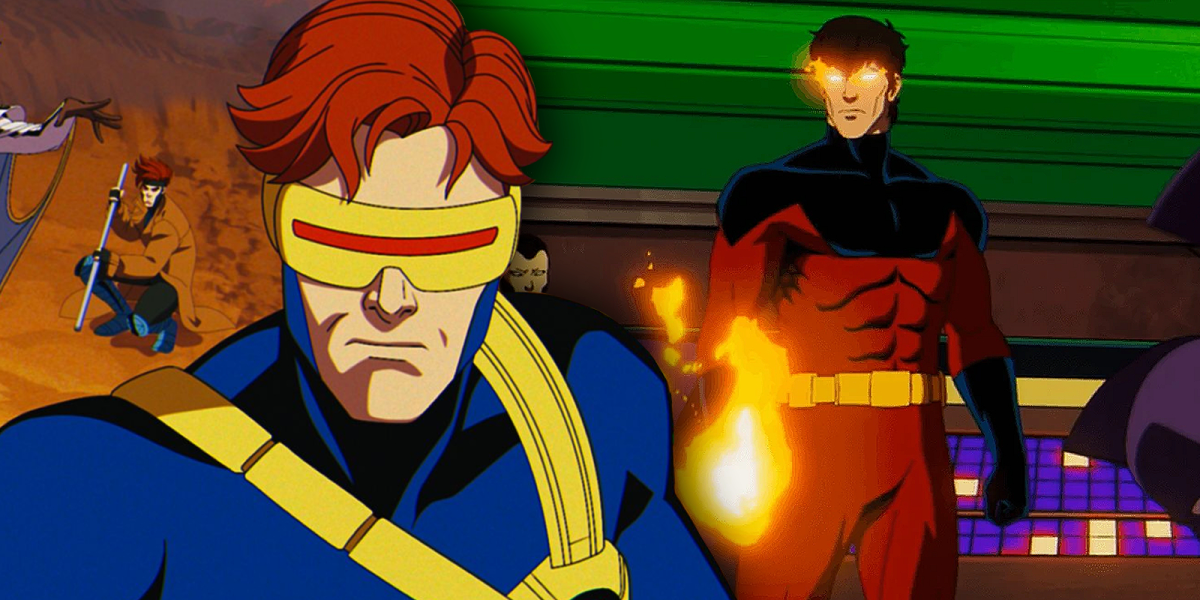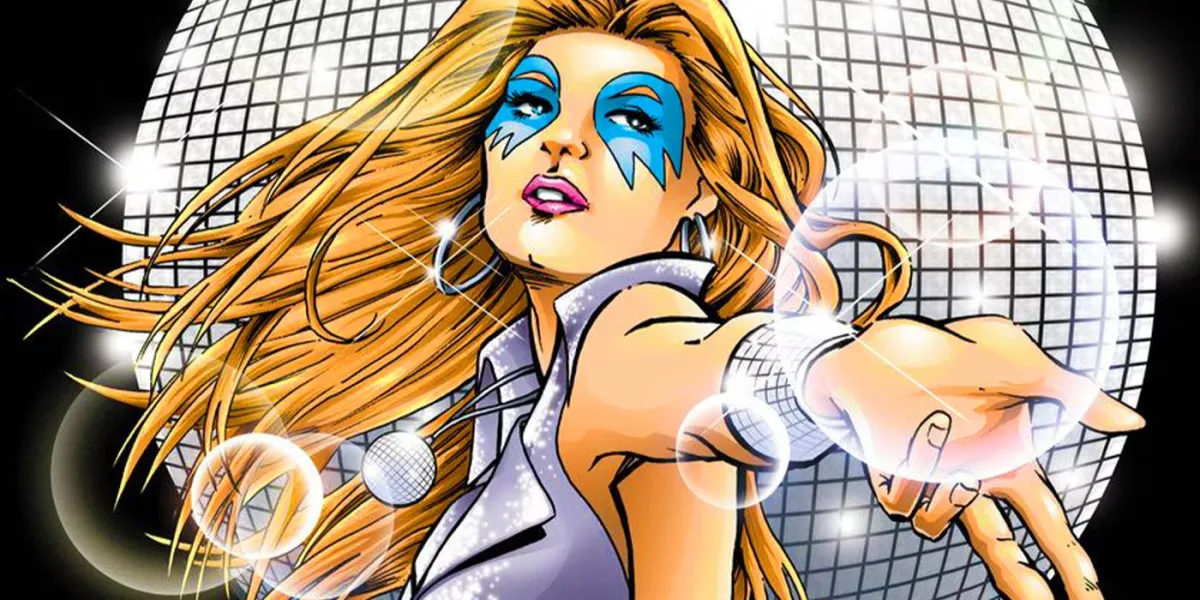This article contains some spoilers for the first five episodes of WandaVision, not so much Lost.
Halfway through the series, there are a lot of things I love about WandaVision. First and foremost, it finally kicks off Phase 4 of the Marvel Cinematic Universe (MCU) — quite a shift from the original plan due to COVID-19. Getting to spend more time with Wanda Maximoff and Vision — two characters with rich comic book histories who weren’t fully fleshed out in films — has been a treat. And it’s also far and away the strangest thing we’ve seen in the MCU thus far, with its commitment to the style, tone, and techniques of each era of sitcom history being delivered with a lot of care and love. But perhaps the biggest reason I look forward to watching each new episode the second they premiere on Fridays is that its weekly rollout, mystery box format, and communal analysis reminds me of the glory days of watching Lost on ABC back in the mid 2000s.
For a lot of people, it’s easy to write off Lost as “that J. J. Abrams polar bear island show that fell off the rails near the end.” And honestly, that’s not entirely wrong. J. J. Abrams was an executive producer and did direct the incredible pilot, though his hands-on creative contributions weren’t too substantial after that. And yeah, the show did take place primarily on a tropical island that did mysteriously have polar bears roaming around. And depending on whom you ask, the show might’ve lost track of itself by the time its controversial finale rolled around in 2010 — though after a recent series rewatch, I still attest that the ending is misunderstood, and about as good a finale as one could have hoped for after such a sprawling and ambitious six seasons.
But it’s important to go back to when Lost first premiered in the fall of 2004 and remember what the TV landscape was like. The West Wing was about to enter its Sorkin-less sixth season. HBO still had The Sopranos pre-“Don’t Stop Believin’,” and The Wire was just getting ready to introduce us to Hamsterdam. We had no idea who Walter White or Don Draper were, A Song of Ice and Fire was still relegated to paper, and Netflix was mailing out DVDs in little paper sleeves.

But along came Lost, which delivered something on network television that demanded your attention, patience, and trust. That aforementioned pilot episode had the production value of a theatrical film and did a phenomenal job of immediately hooking us. The sprawling cast each held their own secrets, and as we learned about them through the weekly flashbacks, the personal drama became just as interesting as the island’s mythology. And of course, over those first few seasons, questions and mysteries were being fired from the hip in rapid succession. In this, Lost became a show that was as much about the empty space between episodes as it was about those precious 42 minutes each week.
Immediately after finishing an episode, my pals and I would wait for a copy to show up online so that we could scour through it frame by frame. By going through them with a fine-tooth comb, we were able to discover so much more about the show than we did on those first viewings. Character names held hints to their true identities, the mysterious Dharma Initiative logo ended up appearing in unexpected places, orientation videos posed more questions than answers, and of course, just what the hell was going on with those damn numbers?
Cut to 2021, and like Lost, WandaVision’s episodes are littered with the same kinds of Easter eggs and freeze-frameable moments that have me and my pals digging for clues for the entire week between releases. Any time color seeps into the black-and-white world is a moment worth studying, any number shown is a possible reference to an important issue of the comics, and any time Agnes mentions her mysteriously absent husband Ralph just solidifies our theories that he’s going to play a much larger and more sinister role come. Episode four dumped even more questions onto the table, including how S.W.O.R.D. could be used to backdoor-introduce the Fantastic Four, and just what the hell’s up with all those hexagons? And of course, that person knocking at the door at the end of episode five feels like Marvel announcing the entire thesis statement of Phase 4.

There’s a vibrant theories community that’s positing reasons for what’s happening, ideas for what’s going to happen, and which familiar faces we might see going forward. There’s a reason we launched A Marvelous Escape in tandem with the release of WandaVision. This is exactly what it felt like to watch Lost back in its first few seasons — for me, the wait between episodes was almost a necessity in order to fully digest what we’d just seen. Thankfully, we now have Darcy Lewis and Jimmy Woo as theory-obsessed audience surrogates, much like Hurley on Lost.
Lost theorizing also had a slew of extracurricular activities available if you wanted to be able to fully understand all of the various Easter eggs, references, and homages. This was thanks in part to co-showrunner Damon Lindeloff, who would go on to create both The Leftovers and Watchmen on HBO, which remain two of the best series of the past decade. Lost was deeply indebted to, and often directly referenced, other beloved franchises like Star Wars, The Dark Tower, The Prisoner, Twin Peaks, and The X-Files. Prominent placement of specific books led me to going out and reading things like The Third Policeman and The Turn of the Screw. I downloaded and studied the lyrics of songs by Bob Marley, Cass Elliot, and Willie Nelson that were used on the show and oftentimes directly pertained to the themes at hand. Investing in Lost became a part-time job that I adored clocking into.
WandaVision has many of these same traits. Despite the city of Westview being encased in some sort of bubble, the show itself certainly isn’t. Not only is it built on the foundation of more than a decade of the MCU’s connected films, but the core sitcom concept hits harder if you understand the evolution of the medium over the past 70 years. Seeing the look of Wanda’s world morph in inspiration from I Love Lucy, to Bewitched, to The Brady Bunch, and then to Family Ties throughout the first five episodes feels like a crash course in television history. And knowing how the format continued to evolve throughout the ‘80s and ‘90s (something in which Elizabeth Olsen’s own sisters played an important role) and finally into the single-camera boom of shows like Malcolm in the Middle and Modern Family, it gives us a clue as to where the next few episodes might take us.

And in terms of background reading, iconic Marvel comic runs like Tom King’s Vision and Brian Michael Bendis’ House of M are a kind of apocrypha for us to go off. Having all of these things rattling around inside my head makes the weekly deep dives and theories from places like New Rockstars all the more enjoyable.
Between WandaVision and The Mandalorian, Disney+ has found a perfect way to keep people engaged for several months and keep specific shows in the center of the pop culture conversation for the entire time. The fact that it all isn’t dumped online at once like at Netflix allows room for people to actually digest single episodes instead of immediately rolling over to the next, ending in seasons feeling like one amorphous blob. WandaVision feels like such a stark contrast to something like Stranger Things or The Witcher, which get devoured in a single weekend and fall out of the conversation just as quickly. And it’s nice to know that this rollout will continue with the upcoming packed slate of MCU shows, including the buddy-cop The Falcon and the Winter Soldier, the universe-hopping Loki, and She-Hulk, which will hopefully be The Good Fight with some good fights.
We’re only halfway through WandaVision, but it’s quickly become one of my favorite television viewing experiences in quite some time. Obviously, a lot of that is due to the fact that it’s a genuinely creative and interesting expansion of the Marvel Cinematic Universe. But the show’s ability to entertain and expand well beyond the boundaries of its weekly runtime brings back those feelings I had in 2004, when polar bears were roaming tropical islands and I couldn’t wait to find out why.





